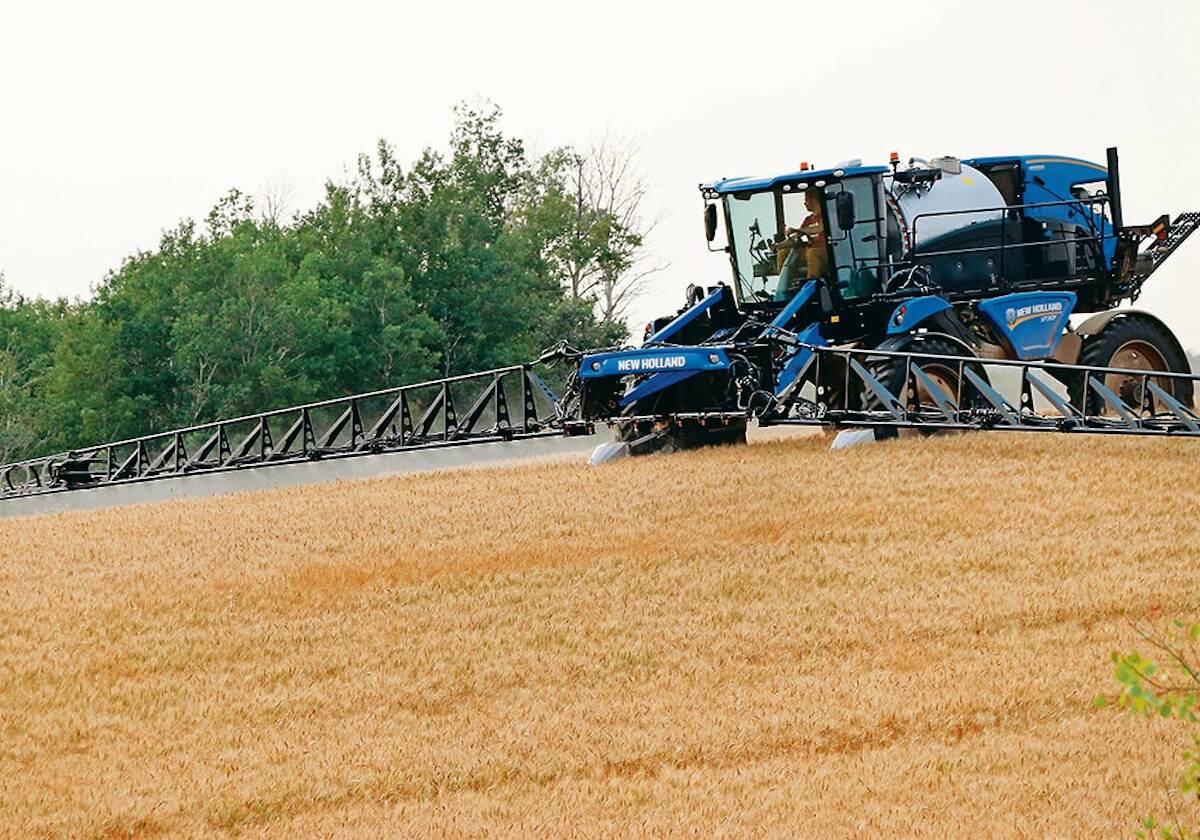There are times when I have to marvel at the sheer possibilities of technology in agriculture.
It happens at every big farm show. All the big brands are there, as are a growing number of small agricultural technology firms, all with increasingly impressive ways the farmer can make themselves faster, more efficient or more sustainable.
‘Here’ is the latest marriage of equipment-integrated sensor technology and farm data analysis. ‘Here’ is an AI system that helps manage feed and barn conditions. Farmers are increasingly being sold the idea of a farm at peak efficiency: No dollar wasted. Every possible dollar gained.
Read Also

VIDEO: JCB adds new 6000 series Fastrac tractors
JCB had its latest Fastrac tractors in its new 6000 series at Agritechnica 2025 in Hanover, Germany. One of the models won a ‘Tractor of the Year’ award for sustainability.
It’s true that today’s farms are more technologically sophisticated, data-driven and digitally rooted than ever before, but there is still a world of difference between the farm show, where the best and brightest of everything is presented as agricultural fact, and what actually ends up adopted on the farm.
Reporting by Geralyn Wichers and Jeff Melchior over the last few weeks has hammered that home.
A June report — put out by the Canadian Agricultural Policy Institute and Manitoba’s own agriculture technology accelerator, EMILI—argued that Canada’s current federal-provincial policy framework is fumbling the ball on digital agriculture promotion, Wichers wrote.
Report authors said Canada’s digital agriculture approach “has been largely piecemeal,” and the resulting gaps encourage patchy technology adoption.
Furthermore, the time for complacency, if there ever was one, is long past. Instead, authors said, Canada needs a “key sprint” from policy makers over the next decade to prioritize digital agriculture and keep industry competitive.
The obstacles blocking digital agriculture haven’t changed much, even as technology itself surges ahead. Digital agriculture adoption is expensive. Farmers aren’t sold on the accuracy of the technology or its recommendations. A more technological farm requires new technological skills, which some farmers find daunting and struggle to see how they would have time to learn. There are interoperability concerns. Rural connectivity continues to be a problem.
Those all echo what former Co-operator editor Gord Gilmour heard back in 2023, when he also asked what was holding digital agriculture back.
Gilmour’s sources also noted the problem of constantly evolving technology. Farmers were reluctant to spend that much on something that would quickly be obsolete.
There is also the question of data.
Wise Canadians have cultivated a healthy suspicion for living in a digital world. This includes a constant background concern over cybersecurity, a certain cynicism about information accuracy and an awareness of one’s data and how it can be used.
As Jeff Melchior recently reported from a conference hosted by the Simpson Centre for Food and Agricultural Policy, farmers don’t have that much trust in data sharing, especially if it’s a corporate entity getting the info.
A producer survey, put out by Emily Duncan of the University of Regina, found that 44 per cent of respondents were extremely or somewhat uncomfortable with technology or service providers getting their farm data, and only 16 per cent said that they felt farmers got the most benefit from aggregated farm data.
It implies that, of farmers who are leveraging digital agriculture, a not insignificant cross-section see the big data aspect of the technology as a necessary evil, one that may be turned against them.
Equipment manufacturers and service providers try to ease those fears. They point to things like Ag Data Transparency Evaluator, a non-profit devoted to auditing agricultural data contracts and giving good actors their stamp of certification.
That kind of third-party watchdog effort will be important if the goal is to get more farmers tapping technology. Farmers must feel protected to risk the kind of capital needed to go all-in on digital agriculture.
Other bits of progress have also been made. EMILI, for example, invested in a digital literacy course meant to get farmers more comfortable and educated in the digital space. Funding programs have tossed money to developing innovation or have been launched as cost-sharing measures to take the sting out of farm adoption, although those programs require careful and constant review to make sure they actually are supporting farmers to utilize the cutting edge of ag tech. The technology itself continues to improve and become more reliable.
Other issues are frustratingly stagnant. I still lose data coverage when I wander off main throughways of the province. Machinery costs are still eye-wateringly high. More software also requires more software fixes, an issue that dovetails with debates over right to repair. Canada’s regulatory process remains slow, while industry has repeatedly argued that the federal government needs to foster a policy and regulatory environment more friendly to innovation.
EMILI and CAPI are right in that, if Canada does not address some of those foundational issues blocking digital agriculture in Canada, then Canada risks getting left behind.
In the meantime, we at Glacier FarmMedia are in the final countdown to Ag in Motion, the massive outdoor farm show in Saskatchewan. Without doubt, there will be another stream of stories highlighting new and exciting ways companies are pitching to integrate technology on farms.
How soon will you see those technologies in your or your neighbour’s field? That’s a bit harder to tell.
















